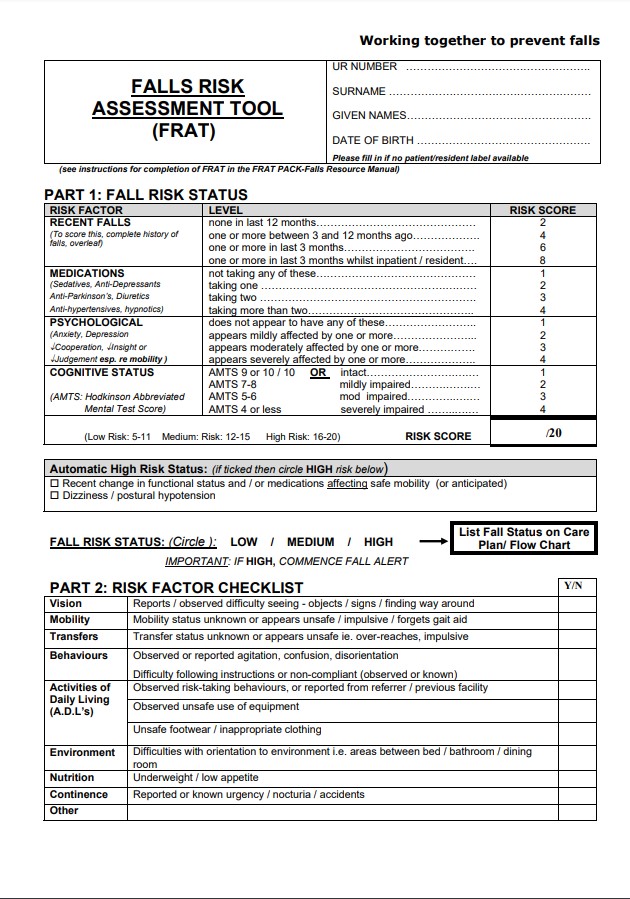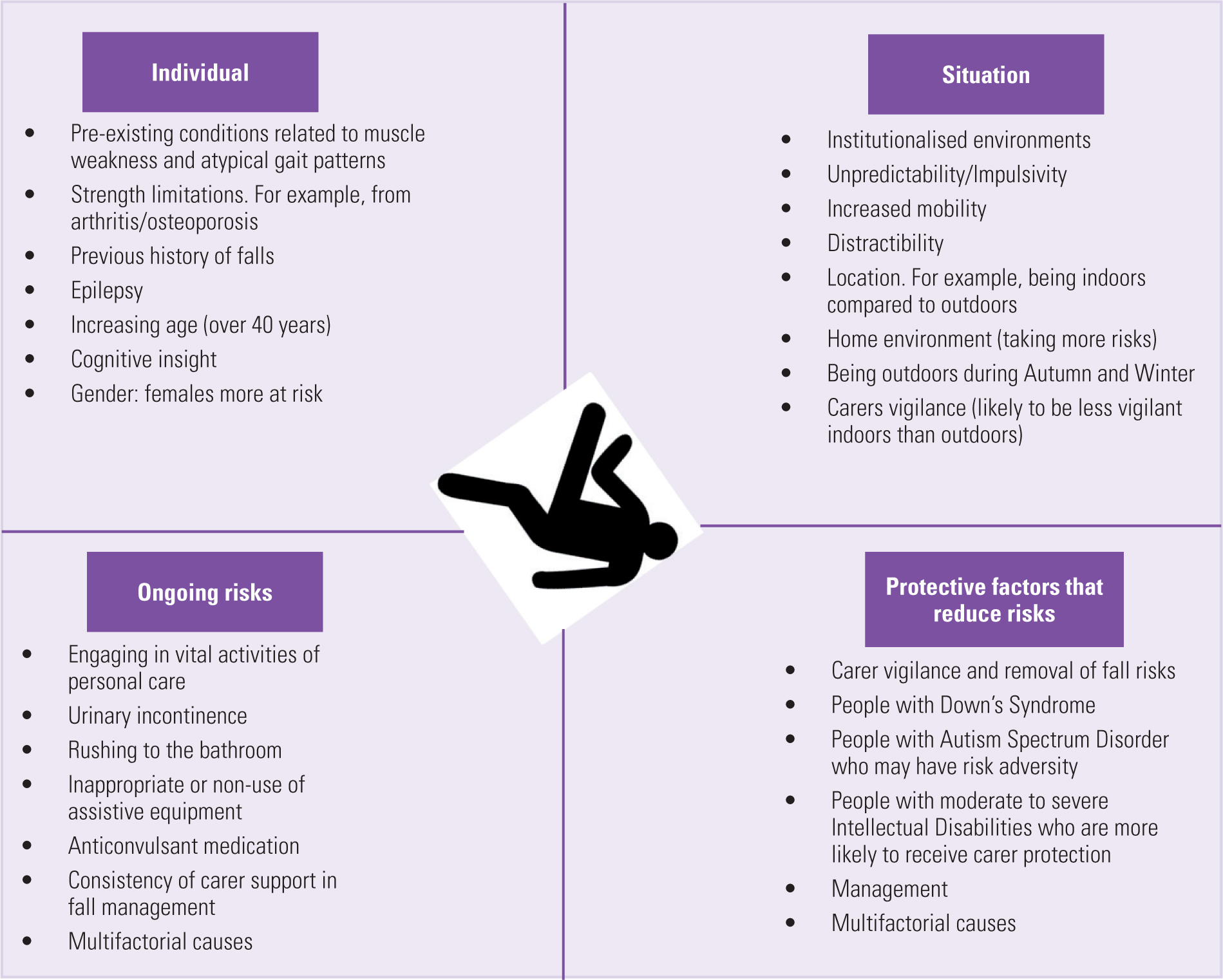The 5-Second Trick For Dementia Fall Risk
Table of ContentsAn Unbiased View of Dementia Fall RiskThe Greatest Guide To Dementia Fall RiskDementia Fall Risk for BeginnersThe Best Strategy To Use For Dementia Fall Risk
An autumn risk evaluation checks to see just how most likely it is that you will certainly drop. The assessment typically includes: This includes a collection of questions about your general health and wellness and if you've had previous drops or problems with balance, standing, and/or walking.Treatments are referrals that might minimize your risk of dropping. STEADI includes three actions: you for your danger of falling for your risk factors that can be boosted to attempt to protect against drops (for example, balance troubles, damaged vision) to decrease your risk of dropping by utilizing reliable strategies (for instance, offering education and learning and resources), you may be asked several concerns including: Have you fallen in the past year? Are you stressed concerning dropping?
If it takes you 12 secs or more, it might mean you are at greater threat for a fall. This examination checks strength and balance.
The settings will get harder as you go. Stand with your feet side-by-side. Move one foot midway forward, so the instep is touching the big toe of your other foot. Relocate one foot fully in front of the other, so the toes are touching the heel of your various other foot.
Our Dementia Fall Risk Statements
A lot of falls take place as an outcome of numerous contributing elements; as a result, managing the threat of falling begins with identifying the factors that add to drop danger - Dementia Fall Risk. A few of the most relevant risk aspects consist of: History of previous fallsChronic medical conditionsAcute illnessImpaired gait and balance, reduced extremity weaknessCognitive impairmentChanges in visionCertain risky drugs and polypharmacyEnvironmental aspects can also boost the danger for falls, consisting of: Insufficient lightingUneven or harmed flooringWet or slippery floorsMissing or harmed handrails and get hold of barsDamaged or incorrectly fitted equipment, such as beds, wheelchairs, or walkersImproper use assistive devicesInadequate supervision of the individuals residing in the NF, consisting of those who show aggressive behaviorsA effective autumn danger administration program requires an extensive medical evaluation, with input from all participants of the interdisciplinary team

The care plan should additionally include treatments that are system-based, learn the facts here now such as those that promote a secure atmosphere (proper illumination, handrails, get bars, and so on). The performance of the treatments must be assessed regularly, and the treatment strategy modified as required to mirror adjustments in the loss danger evaluation. Implementing a fall threat administration system making use of evidence-based finest method can lower the frequency of drops in the NF, while restricting the possibility for fall-related injuries.
9 Simple Techniques For Dementia Fall Risk
The AGS/BGS guideline suggests screening all grownups matured 65 years and older for loss risk every year. This testing includes asking patients whether they have actually fallen 2 or even more times in the previous year or sought medical attention for a fall, or, if they have actually not dropped, whether they feel unsteady when walking.
Individuals that have actually fallen when without injury needs to have their equilibrium and stride reviewed; those with stride or equilibrium problems need to obtain additional assessment. A background of 1 loss without injury and without gait or balance troubles does not necessitate additional analysis beyond ongoing yearly loss threat screening. Dementia Fall Risk. A loss risk evaluation is needed as part of the Welcome to Medicare examination

The 8-Minute Rule for Dementia Fall Risk
Recording a falls background is one of the quality indications for autumn prevention and management. copyright medicines in certain are independent forecasters of falls.
Postural hypotension can commonly be relieved by reducing the dosage of blood pressurelowering drugs and/or stopping drugs that have orthostatic hypotension as a side result. Use of above-the-knee assistance tube and copulating the head of the bed elevated might additionally reduce postural decreases in high blood pressure. The preferred elements of a fall-focused physical examination are shown in Box 1.

A Pull time higher than or equal to 12 seconds suggests high loss danger. Being not able to stand up from a chair of knee height without using one's arms shows enhanced loss threat.